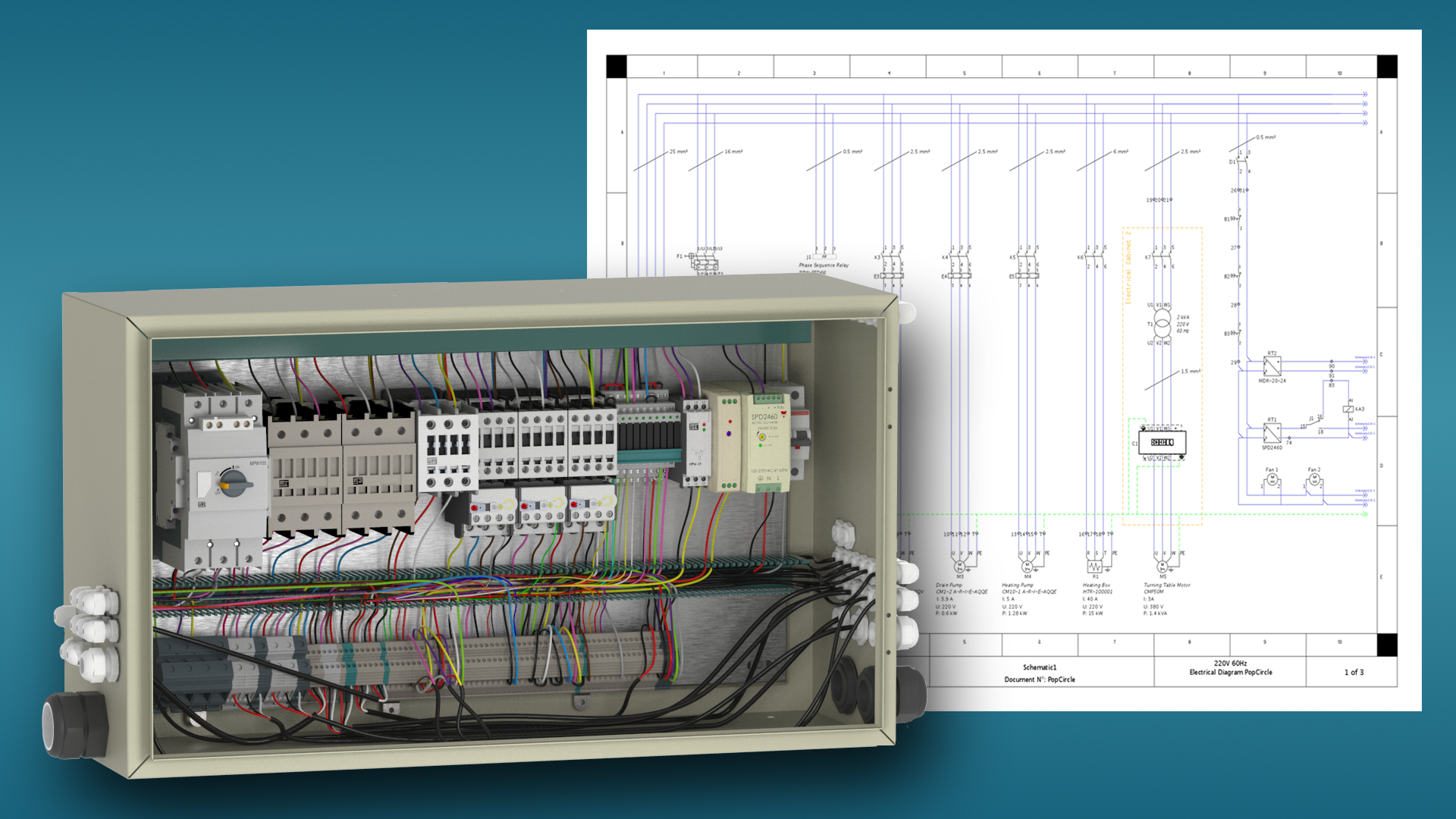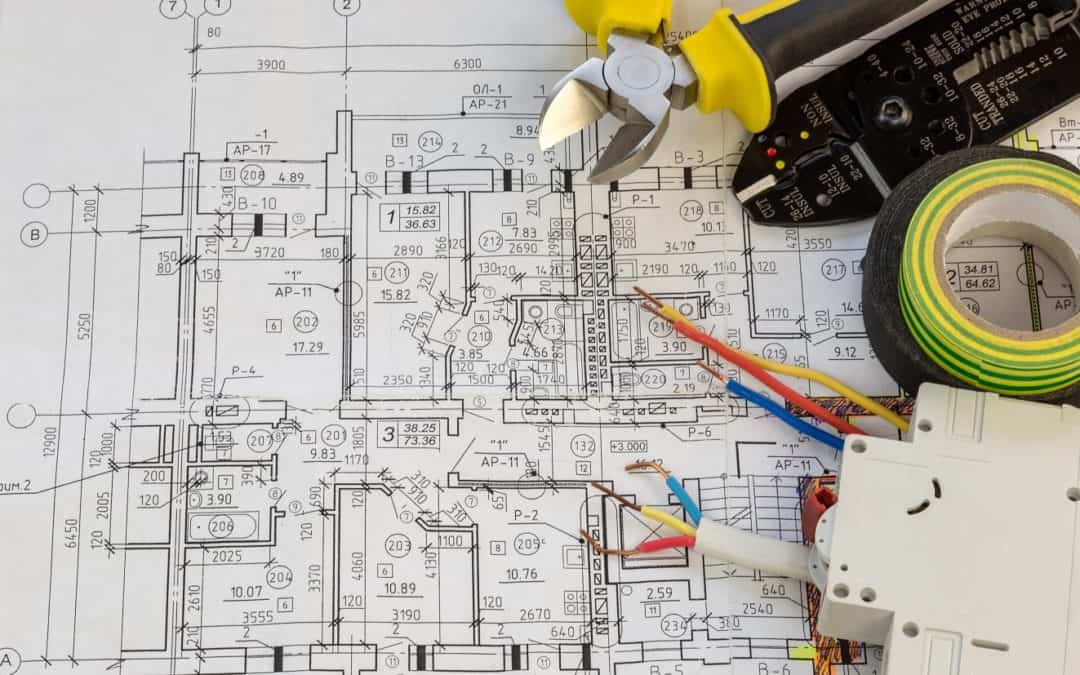Improving Industrial Electrical Design for Large-Scale Operations
Improving Industrial Electrical Design for Large-Scale Operations
Blog Article
Ingenious Electrical Design Services for Modern Facilities
As city settings grow progressively intricate, incorporating innovations such as clever grids and sustainable power sources comes to be extremely important. These innovations not only guarantee to enhance energy intake yet likewise foster resilience versus future demands.
Relevance of Cutting-edge Electric Design
Innovative electrical design plays a crucial duty in contemporary framework, influencing not only performance but additionally sustainability. As cities progress and the need for energy boosts, the requirement for advanced electric systems ends up being critical. These systems have to not only fulfill present demands yet likewise expect future development and technological improvements.
A well-executed electrical design can considerably reduce energy intake, therefore reducing operational expenses and reducing ecological influence. By including renewable resource resources, such as solar panels and wind turbines, ingenious layouts can enhance energy freedom and durability. Wise grid modern technologies enable for real-time monitoring and monitoring of power distribution, enhancing efficiency and lowering waste.
Safety and security is an additional essential element of electrical design. Applying extensive requirements and sophisticated technologies can reduce risks related to electrical failings, making sure a safe atmosphere for residents and services alike. Furthermore, cutting-edge designs assist in versatility, allowing facilities to incorporate arising technologies perfectly.
Trick Fads in Electrical Design
As the landscape of electrical design proceeds to advance, several vital fads are shaping the future of the sector. One considerable trend is the combination of clever innovation into electrical systems. The proliferation of the Net of Things (IoT) has made it possible for real-time monitoring and control of electric devices, improving efficiency and promoting predictive maintenance.
One more fad is the expanding emphasis on modular design. This technique permits scalable and flexible options, allowing framework to adapt to transforming demands without comprehensive improvements. Furthermore, making use of innovative simulation tools and Structure Info Modeling (BIM) is ending up being significantly prevalent, simplifying the design procedure and improving collaboration among stakeholders.
In addition, innovations in products scientific research are leading to the growth of lighter, more sturdy, and energy-efficient components. This technology is particularly crucial for high-performance buildings and facilities tasks.
Finally, there is a marked shift towards data-driven decision-making - residential electrical design. Leveraging data analytics helps developers enhance systems for performance and cost-effectiveness. Together, these trends signify a transformative era in electrical design, boosting performance, sustainability, and resilience in contemporary infrastructure
Sustainable Power Solutions
Lasting power solutions are progressively coming to be an important focus in electrical design, showing a wider dedication to environmental obligation and resource effectiveness. These solutions aim to reduce environmental impact while optimizing energy intake in various frameworks, from residential structures to huge commercial facilities.
Among the primary approaches involves the integration of renewable power resources, such as he said solar panels and wind generators, into electrical systems. This not only decreases dependence on nonrenewable fuel sources however also boosts power durability. Additionally, cutting-edge energy storage systems, such as innovative batteries, allow efficient monitoring and circulation of power, ensuring that surplus energy created throughout height manufacturing can be utilized during high demand durations.
Additionally, energy-efficient design practices are being embraced to improve total system performance. This includes utilizing energy-efficient illumination, HVAC systems, and smart structure innovations that adapt and keep track of power use based upon occupancy and ecological problems.
Smart Grid Technologies
The application of sustainable power solutions normally results in the expedition of wise grid technologies, which play an essential role in improving electric systems. Smart grids utilize progressed interaction technologies and data analytics to enhance the reliability, efficiency, and sustainability of electrical power distribution. By incorporating electronic innovation with typical grid facilities, these systems assist in real-time tracking, automated control, and enhanced decision-making abilities.
One of the essential attributes of clever grids is their capability to fit renewable energy sources, such as solar and wind power. This adaptability not just decreases dependency on fossil gas yet additionally enables an extra decentralized power production model. Additionally, smart grids enable need response programs, where consumers can change their power usage based on real-time prices, therefore promoting energy conservation and reducing peak tons needs.
Furthermore, smart grid innovations enhance grid resilience by allowing quicker recognition and resolution of outages, ultimately decreasing downtime. With anticipating maintenance and analytics, energies can enhance and maximize procedures service shipment. As cities and communities continue to advance, clever grid innovations are necessary for building a sustainable and efficient electric framework that satisfies the needs of modern-day society.

Future-Proofing Framework
To ensure long-term feasibility and adaptability, future-proofing infrastructure is crucial in the quickly progressing landscape of electric design solutions. As technology developments and energy demands change, it is critical that electrical systems are created with flexibility in mind. This requires integrating scalable options that can accommodate future upgrades without necessitating comprehensive overhauls.

In addition, sustainability should be a cornerstone of future-proofed layouts. Making use of sustainable power resources, such as solar and wind, and maximizing energy effectiveness decrease dependence on fossil fuels, aligning with global efforts to battle climate change.
Conclusion
To conclude, ingenious electric design solutions play a critical function in shaping modern-day infrastructure. By prioritizing sustainability, effectiveness, and versatility, these services browse around these guys resolve the evolving demands of power systems. The assimilation of Homepage clever grid innovations and sustainable power remedies boosts resilience and minimizes operational expenses. Future-proofing infrastructure with sophisticated simulation devices and modular techniques makes sure that electrical systems continue to be responsive to altering requirements, ultimately adding to a more lasting and energy-independent future.
A well-executed electric design can dramatically minimize power usage, therefore reducing operational prices and minimizing environmental effect. By incorporating eco-friendly power sources, such as solar panels and wind generators, innovative styles can boost energy self-reliance and durability. Furthermore, ingenious power storage systems, such as innovative batteries, allow efficient administration and circulation of power, making sure that surplus power generated throughout optimal production can be made use of throughout high need periods.
Smart grids make it possible for need reaction programs, where customers can change their energy use based on real-time pricing, thereby promoting energy preservation and minimizing peak lots needs. (electrical engineering design services)
As innovation advances and energy demands shift, it is crucial that electric systems are designed with flexibility in mind.
Report this page